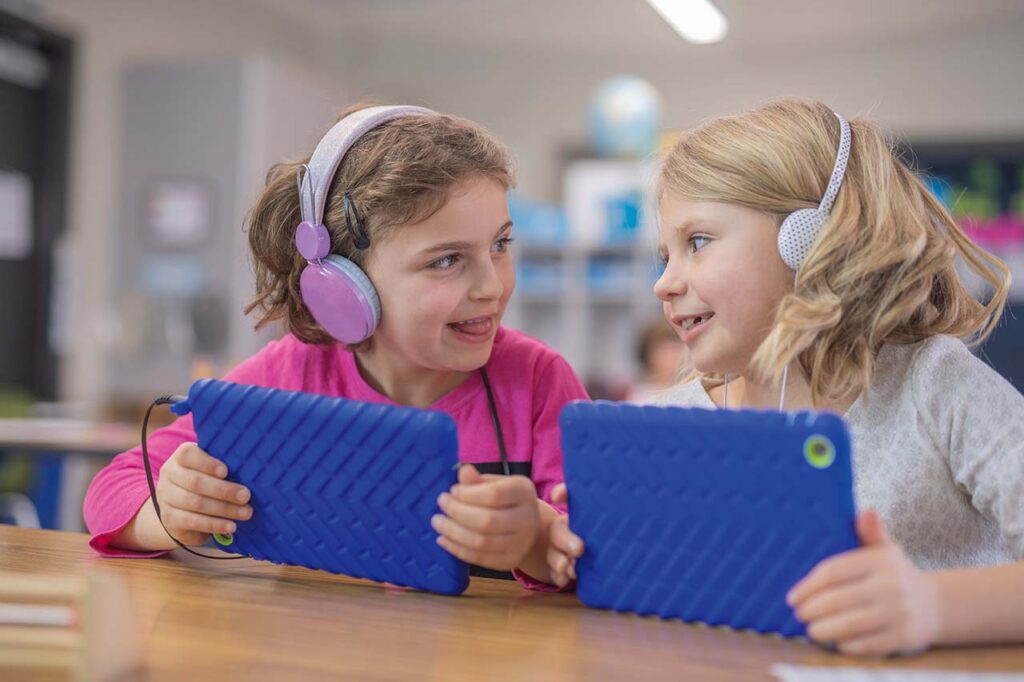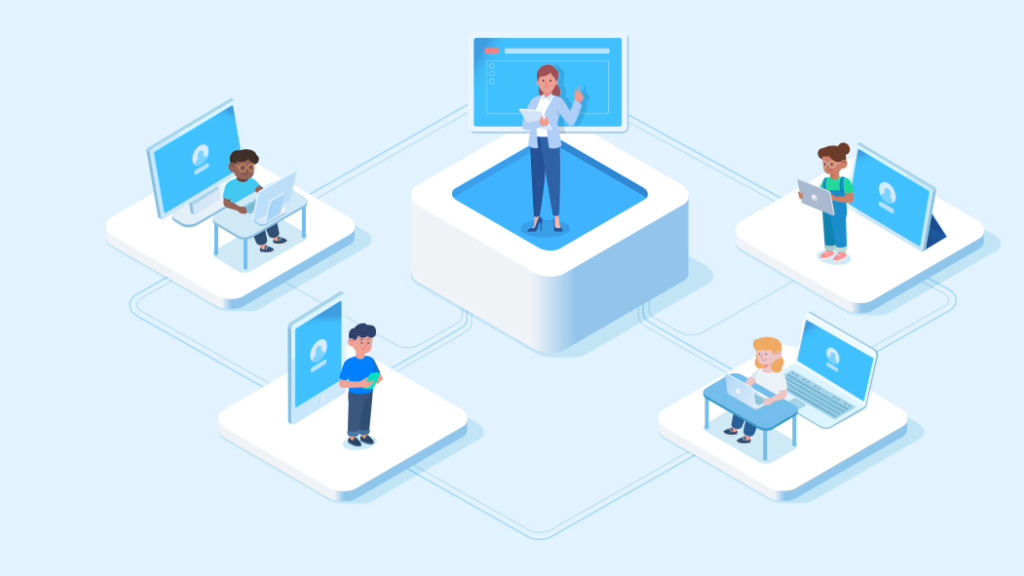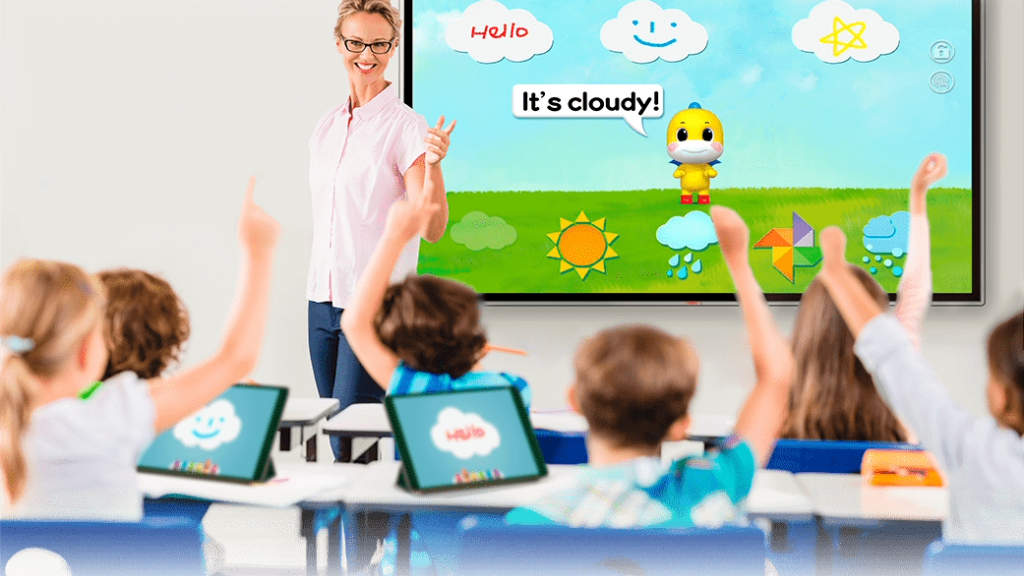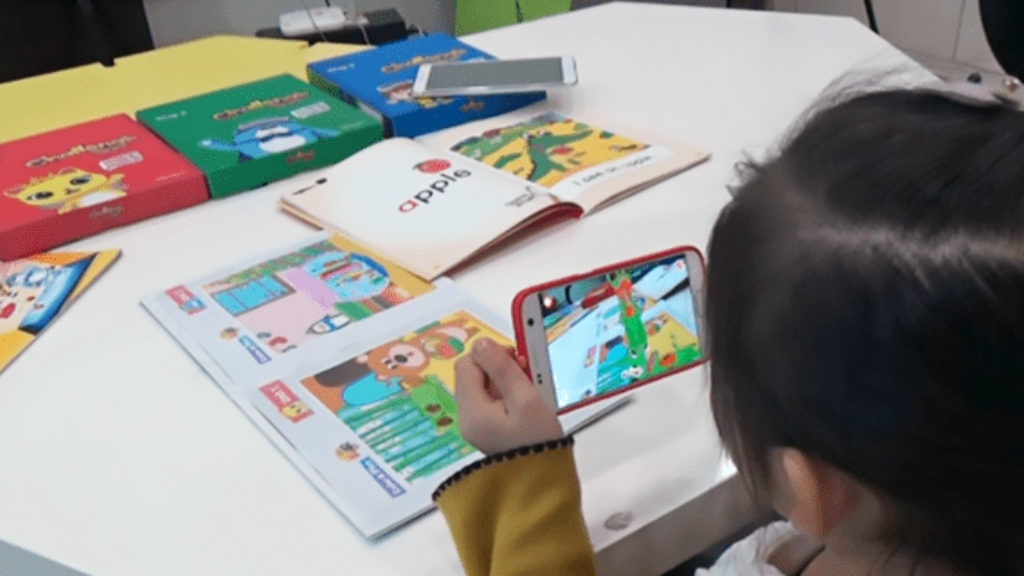Digital learning is revolutionizing the way we access and utilize educational content. From interactive textbooks and adaptive learning platforms to virtual classrooms and 3D simulations, digital learning enables us to access higher quality education more easily than ever before. As the internet continues to link the world ever closer together, unlocking the educational potential of it can open the door to incredible educational opportunities that would not have been imaginable only a few short years ago.
This article will explore the current state of digital learning and its potential for revolutionizing the way people access educational content, the growing array of tools available and how these can be strategically implemented to improve instructional outcomes. We will also discuss how digital learning can facilitate ongoing collaboration between students and teachers alike and open up a world of educational possibilities for learners of all ages and backgrounds. By examining the current landscape of educational technologies, this article will demonstrate the powerful potential of digital learning to advance global educational goals and bring learning to life across the world.
1. Benefits of Digital Learning
Digital learning has quickly become an invaluable tool for any classroom. As a result, educators, parents, and students alike are all benefiting from its unique advantages.
The primary benefit of it is its accessibility and convenience. With the internet at their fingertips, students can access a wealth of educational material from their homes or when they’re on the go. This means that learning is no longer confined by geographical boundaries, allowing students to access material that can’t be found in their local area.
Moreover, solutions are often more engaging and interactive than traditional instructional models. Textbooks, videos, and audio clips can be combined quickly and easily to create more dynamic lessons. With the help of digital technology, teachers can also customize their materials to better meet the needs of their students.
Digital tools also provide teachers with data-driven insights into the learning behavior of their students. This rich data can help teachers understand which topics their students are struggling with, track their accomplishments, and become more accountable for their performance.
Digital learning also has other benefits, such as saving time and money. Rather than investing in costly textbooks or materials, solutions typically come with a one-time fee that can then be used for multiple years. Additionally, automated grading systems can help teachers save precious time and resources by eliminating the need for manual marking and feedback.
Digital learning is a powerful tool that has the potential to revolutionize education and make learning more accessible to everyone. Its benefits range from enabling students to access material previously unavailable to them, to making the job of teaching easier and more efficient. With the right resources, it can be a powerful tool in unlocking the potential of any student.
2. Overcoming Barriers to Digital Learning

In order to fully unlock the educational potential of digital learning, we must first overcome the barriers that can prevent successful implementation and adoption. Common barriers include limited access to technology, learners unable to use the technology, digital content that is difficult to evaluate and use, issues with data security, and increasingly digital skills gaps.
Firstly, access to technology must be addressed. Access is often limited for lower-income households and schools, who may not be able to afford the necessary technology. Access to internet can also be a barrier, especially in rural and remote areas. To reduce this barrier, educational institutions can consider subsidizing technology and exploring ways to extend and improve access to the internet.
The next issue to be addressed is the learners themselves. Many learners may lack the necessary digital literacy skills to fully utilize tools. Educational institutions must provide support to learners; this can involve specialized training to developing digital competencies or allowing learners to develop skills through the introduction of digital educational tools and activities.
Lastly, data security must be investigated. California and other US states have implemented the Student Online Personal Protection Act (SOPIPA), which provides a framework for protecting student data. Digital learning institutions must adhere to such regulations to ensure their data is guarded against any breaches or misuse.
By understanding and addressing the common barriers, digital learning can help unlock its educational potential. This will ensure a better learning experience and help learners realize their goals.
3. Examples of Digital Learning Strategies
Digital learning strategies are becoming increasingly popular in educational environments of all kinds, including traditional in-person classrooms and online-only educational formats. With the right execution, these strategies can provide an interactive and engaging learning experience for students. Here are three examples of digital learning strategies that can help unlock the educational potential of digital learning.
The first strategy is collaborative learning platforms. Collaborative learning platforms provide opportunities for students to work together on projects or to simply interact through a forum. This strategy can increase engagement and create meaningful educational experiences. It also encourages team building and social skills.
The second strategy is gamification. Gamification is the process of turning educational content into a game-like format. This can help motivate students and make learning engaging and fun. It also encourages problem solving and critical thinking skills.
Finally, a third strategy is adaptive learning software. This type of software tracks student progress and automatically provides personalized lessons to meet each individual’s needs. It also provides immediate feedback and promotes self-guided learning. This strategy can be a great way to ensure that students of all levels are learning at their own pace and to their full potential.
When implemented in the right educational setting, these strategies can help students learn and grow. It is important to take into account the learning style of the student and the specific subject matter when deciding which strategies to use. Digital learning strategies can provide an interactive, engaging, and fun way for students to learn.
4. Ensuring Quality Digital Learning
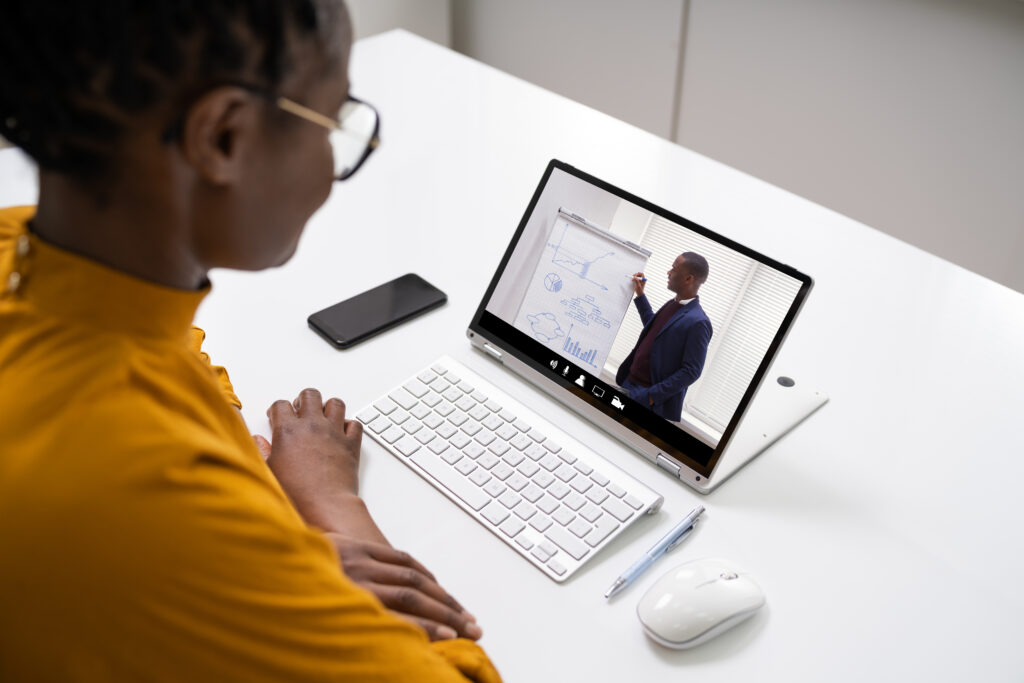
Digital learning is a powerful tool for students to learn in the modern world, but ensuring quality digital learning is essential for success. Highly effective digital learning requires thoughtful preparation, a clear understanding of the learning goals, and ongoing assessment to ensure student mastery.
First, educators must prepare for an effective experience. This includes adequately preparing for technical challenges and providing access to key platforms and materials. Educators must also ensure the secure, seamless delivery of online content.
Second, all objectives should be clearly defined and communicated, with a thoughtful discussion of how to meet those objectives. A well-designed plan can promote effective digital learning and reinforce learning objectives.
Third, ongoing assessment is key to ensuring quality digital learning. Educators should observe and measure student performance during the course of the experience, in order to identify areas of improvement and encourage student mastery.
Finally, creating a supportive digital learning environment is essential. Educators should develop strategies to foster collaboration and encourage student participation and engagement.
In conclusion, ensuring quality requires thoughtful preparation, a clear understanding of the learning goals, and ongoing assessment. By taking the necessary steps to prepare and consistently evaluate, educators can maximize the potential of digital learning to effectively engage and educate students.
5. Measuring Impact of Digital Learning
Measuring the impact of digital learning can be a difficult task as success metrics can be subjective. However, the most successful educational institutions are increasingly turning to data-driven solutions to monitor the impact. Here are some useful metrics for measuring the impact of digital learning that educators can consider:
- Student Engagement: Tracking student engagement data from digital learning systems can help determine the overall effectiveness of a given program. This includes tracking metrics such as time spent on task, number of assignments completed, and participation in forums and discussions.
- Results of Assessments: Assessments can provide valuable insights into the effectiveness. This includes tracking metrics such as student performance on tests and quizzes, as well as their overall learning outcomes. AllviA is able to offer this through its lexile test system.
- Course Feedback: Gathering feedback from students and instructors can help identify areas of improvement in a given program.
- Retention Rates: Tracking the retention rates of students who participate in digital learning can help determine the success of a program.
- Professional Development: Monitoring the progress of the professionals involved in digital learning can help determine the impact of a program on those who are responsible for its implementation.
By taking the time to analyze these metrics and create meaningful reports, organizations and institutions can better understand how digital learning is impacting the lives of their students and the overall success of their programs. With the right data, companies and universities can continue to improve the quality of their programs and unlock the potential of technology to make education more accessible and efficient for everyone.
AllviA’s Digital Learning Solution
The integration of technology in the classroom can create an interactive, engaging, and personalized learning experience for students. This can help to motivate students and increase their participation in the learning process. One of the key ways technology-based interactive learning promotes student participation is through the use of online platforms and virtual learning environments like AllviA Edu. Online platforms and virtual learning environments can provide students with a variety of resources and materials, which can increase their engagement in the learning process.
Another way technology-based interactive learning promotes student participation is through the use of interactive whiteboards and other tools. Specifically, AllviA Edu makes use of this through its Wings program. “Wings” is an interactive learning program that optimizes cognitive development and induces student participation by delivering an education through methods such as singing, dancing, and 3D animations. These interactive methods not only stimulate children’s imagination, but also naturally teach the alphabet, fostering engagement and active participation in the learning process. The program’s spiral structure also allows for repeated engagement with a topic through various activities, further promoting participation and understanding.

Tools like Wings allow teachers to create interactive and dynamic lessons that can engage students and keep them interested in the material. Additionally, interactive whiteboards can allow students to actively participate in the lesson by allowing them to write, draw, and manipulate digital objects on the screen.
Digital learning is an innovative way to take advantage of the power of technology to shift the focus from teachers transmitting knowledge to students as consumers accessing knowledge. Digital learning is becoming increasingly available and accessible, as schools and higher education institutions are recognizing the educational potential of this technology. In addition, the growing presence of providers and resources provides more options for students and educators to take advantage of. It can open up new opportunities for learners, such as personalized learning possibilities or expanding their educational offerings. With the increasing adoption of resources, along with a strong focus on creating an equitable and powerful environment, the potential of digital learning to prepare students for their future can be unlocked.




